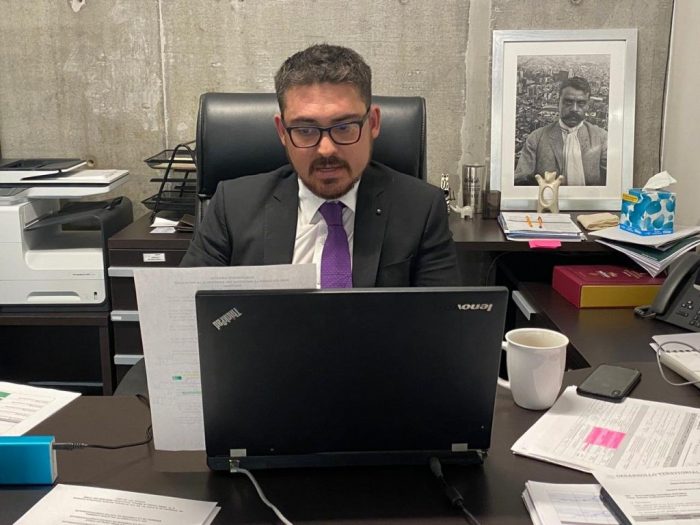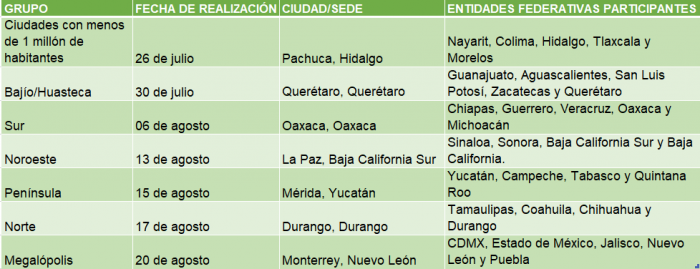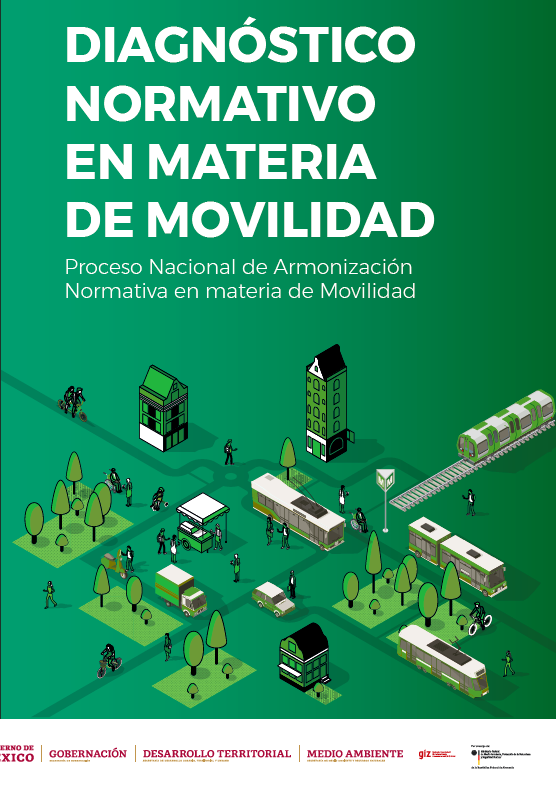The National Regulatory Harmonization Process on Mobility began in 2019 with the aim of designing a legal framework to improve the implementation of Mexico’s national and international legal obligations regarding mobility and other cross-cutting agendas.
On March 23, 2020, the “Open Parliament: Right to Mobility” event was held under the umbrella of the House of Representative´s Constitutional Matters Commission. In the event, Román Meyer Falcón, the Minister of Agricultural, Territorial and Urban Development (SEDATU), presented the results of the Regulatory Mobility Diagnostic.

This Diagnostic is part of the National Regulatory Harmonization Process on Mobility, in which the Ministry of the Interior (SEGOB), the Mexican Office for Agrarian, Land and Urban Development (SEDATU), and the Ministry of Environment and Natural Resources (SEMARNAT) joined efforts with the projects “Mexican-German Climate Change Alliance” and “Climate Protection in the Mexican Urban Policy (CiClim)”, implemented by the Deutsche Gesellschaft für Internationale Zusammenarbeit (GIZ) GmbH on behalf of the German Federal Ministry for the Environment, Nature Conservation and Nuclear Safety (BMU).
The final document is the result of an extensive consultation and research process in which more than 600 people participated from the public, private, civil society, and academic sectors. The process included seven regional working groups (see Table in Spanish), one with the private sector, and another with experts from all over the country. Remote participation was also used to collect proposals from stakeholders interested in mobility.

The Diagnostic aims to take apart the complex legal network involved in mobility by exploring the regulations relevant to Mexico. In this way, opportunity areas will be identified by diverse governmental departments. In essence, the study is based on the relationship between mobility and three crucial pillars: human rights, climate change, and civic participation.
In the same way, it explains the intersection between legal frameworks and other transversal agendas, such as public health, urban development and land-use planning, and climate change adaptation and mitigation. Thus, the Diagnostic identifies the General Law on Climate Change (LGCC) as the first legal instrument to recognize the importance of mobility to climate change and the environment since the transportation “element” is the activity that contributes most to greenhouse gas (GHG) emissions. As a law, the LGCC divides power between the three levels of government and the different country authorities to implement public policies and climate change mitigation programs that address the need to achieve sustainable mobility in Mexico.

